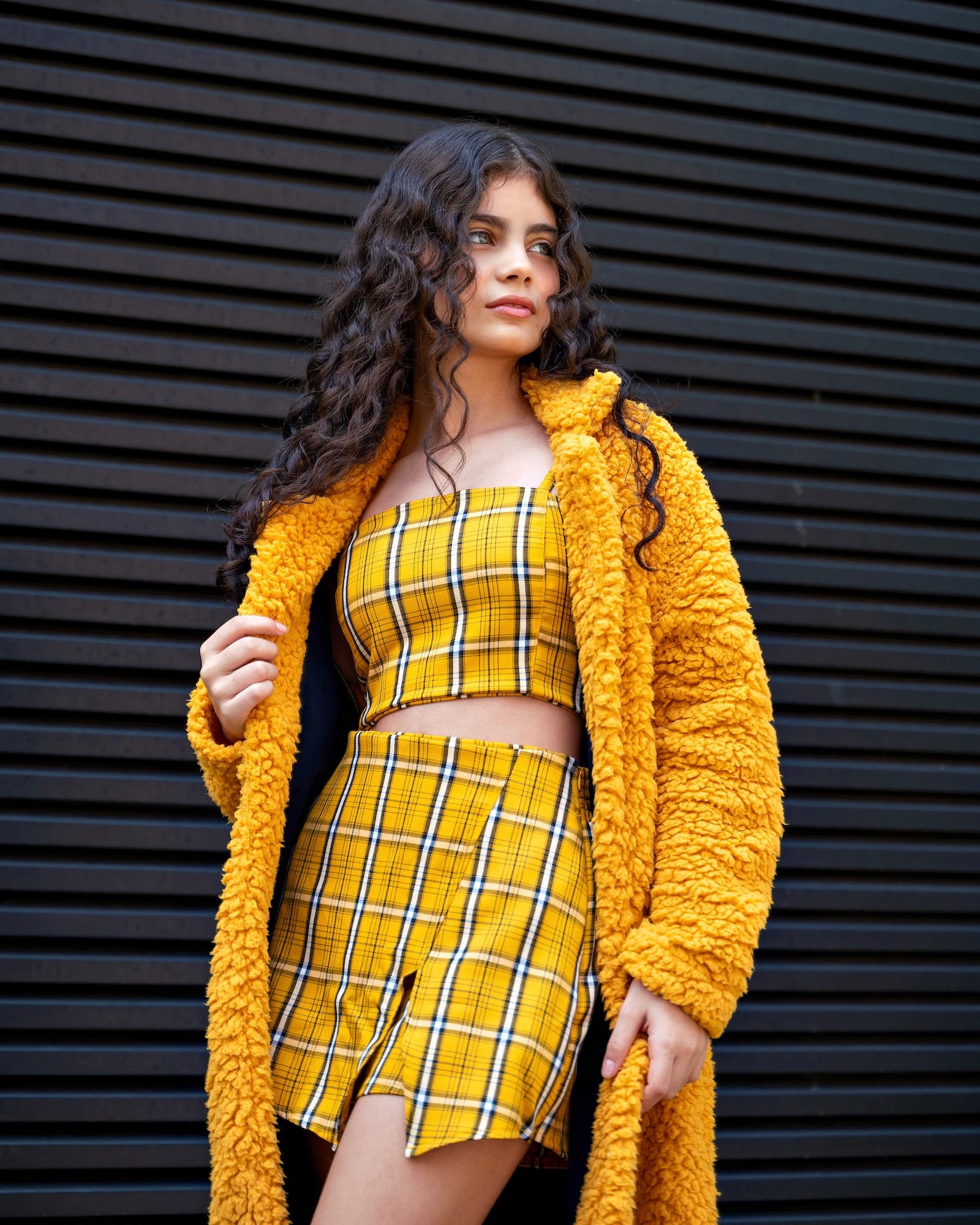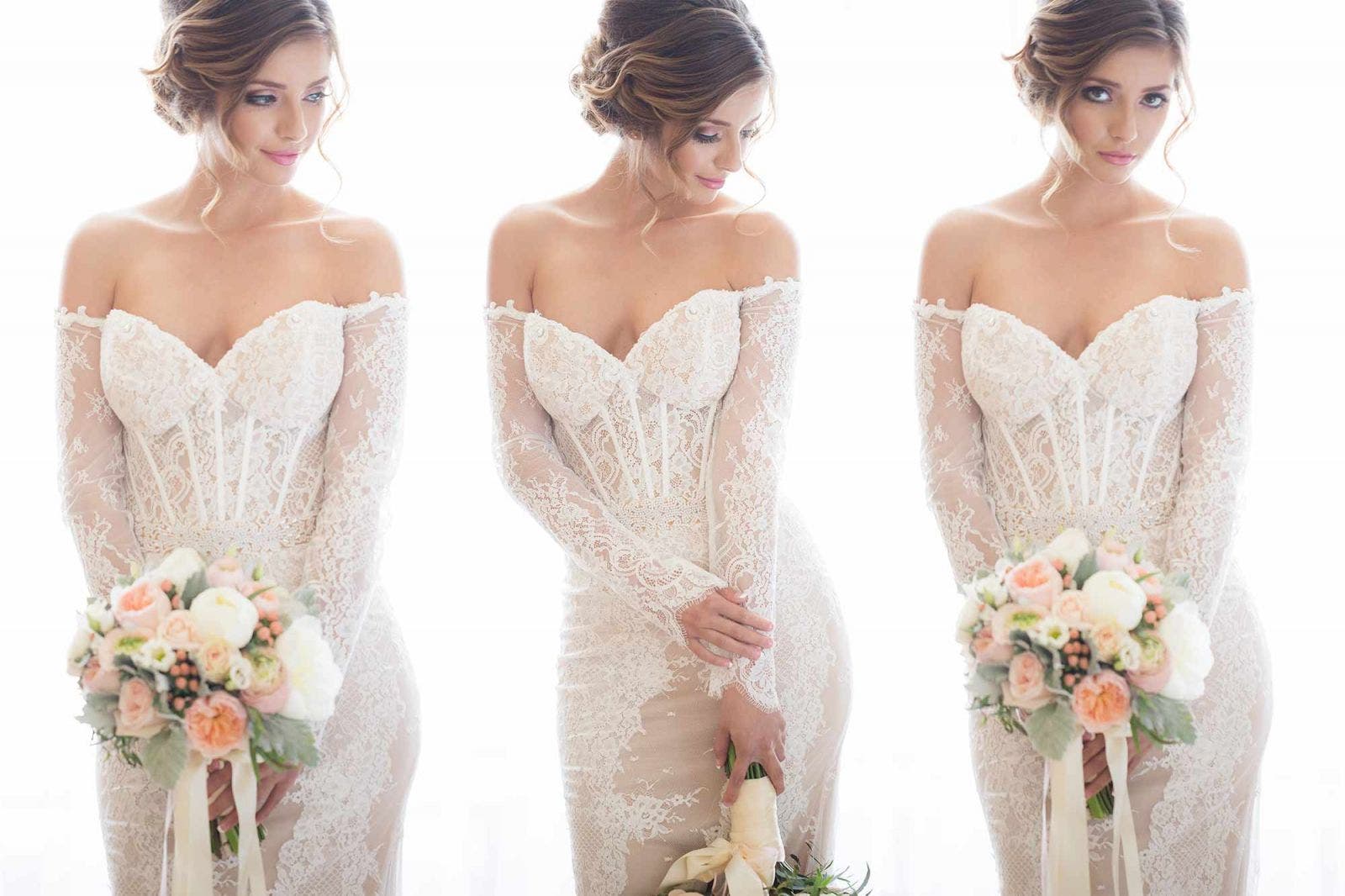On the list of important life events to photograph, senior portraits hold a special place up near the top. They provide a tangible way to document a monumental moment in life, marking the path of a young person’s academic journey and commemorating newfound adulthood. When it comes to capturing senior portraits for your clients, you’ll want to get an early jump on preparation so that you do the moment justice. To help, I’ve put together a brief list of senior picture ideas and tips that should allow you to create a positive experience and lasting memories of this important time in your clients’ lives.
Senior Picture Ideas
- Get to Know Your Seniors
- Help Your Seniors Prepare for the Shoot
- Direct Your Seniors into Flattering Poses
- Cover the Angles to Tell the Story
- Edit and Retouch
- See Senior Picture Ideas in Action
Senior Picture Ideas, #1: Get to Know Your Seniors

This really goes for all portrait clients, whether they’re brides to be or high school seniors. Take the time to get to know your clients before the shoot. This will allow you to better understand their vision and preferences, and develop a rapport. All of these elements are essential if you hope to capture and highlight your subject’s personality.
I’ve discussed the W.A.V.E. (Wall Art Vision Exercise) in other articles, but it applies to senior photos as well. The goal here is to help you tap into your client’s vision. Here’s how it can work for senior portraits:
- Let your client know during the initial meeting that you want to walk them through an exercise.
- Ask them to imagine a room in their home where they might hang a piece of wall art.
- Next, ask them about what they’re imagining. Where in the room would they hang the wall art? How big is the actual wall space (e.g., 4’x5’)?
- Then, narrow down their choice of wall art. Tell them they can only choose one image from the upcoming session, and that they will see and enjoy it every day.
- Finally, ask your client, “What is the one photo from the session that you’d choose to hang on the wall?” You may have to walk them through the shoot and consider where it will be, what they’ll be doing, whether it will look more candid or posed, and so on.
- After the client answers, restate and elaborate on their vision.
It can also prove helpful to ask your clients about the idea behind their shoot, what they hope to achieve with it, and which type of photos they are looking for. Additionally, inquire about any specific poses or props that your client might prefer.
By taking these steps before a shoot, photographers will be able to provide their clients with beautiful images that perfectly capture their desired vision.
Idea #2: Help Your Seniors Prepare for the Shoot
Photographers can play an important role in helping clients prepare for a photo shoot. I mean, really, when you help your clients prepare ahead of time, you’re really helping them to help yourself. The best way to help is to provide clear and detailed information about the session beforehand. This includes informing them about different aspects of the shoot, including the following:
Wardrobe Options

The best wardrobes for senior pictures will serve a few functions at once. First, the seniors should be comfortable in the clothes they wear, and the outfits should in some way reflect their personality. They don’t need to put on a “costume” to take meaningful photos, unless that’s what they’re going for.

The color of the clothes can also come into play and affect the visual impact of the photos. If you haven’t thought much about color theory before, try incorporating it into your shoot. It’s amazing the impact that complementary colors can have on a session, for example. You might consider the general color palette of the background as well when choosing wardrobe colors. In the image above, for instance, the yellow outfit pops against the dark backdrop.
Also, make a plan for how many outfits they should bring. This will vary based on the timeline for the shoot and how many locations you’ll need to travel to.
Hair and Makeup

Should they invest in having their hair and makeup professionally done? The answer here is almost always yes. It can prove beneficial to forge partnerships with hair and makeup artists and suggest their services to your clients. If you’re already working in weddings or other areas of portrait photography, you may have already begun networking with such vendors. On the other hand, if you’re completely new, you might need to look into finding ways to network with other vendors to build these relationships.
Logistics
What about times and locations for the shoot? After running through the W.A.V.E. (mentioned above), you should have an idea as to what the ideal backdrop(s) for your client will be. You might have some locations in mind based on your experience, or you may need to do some research. Whatever the case, be sure to check for permit requirements, travel times to and between locations, as well as the best times of day to shoot at those locations for the look your client wants. Be sure to share any necessary info with your client as early as possible so that they can plan accordingly.
Moodboards

Another helpful way to prep is to look for inspiration and create a moodboard to help narrow the choices listed above. If you have an extensive portfolio in this genre, you can ask your seniors to pin photos from your blog to create their moodboard. For those who are newer to photographing seniors, a quick search through Google or Pinterest should help kickstart the inspiration for the moodboard.
All of these steps will help you create an environment where your client feels comfortable, relaxed, and confident during the photoshoot.
Senior Picture Ideas, #3: Direct Your Seniors into Flattering Poses
Posing makes up a major part of any portrait session. For senior picture ideas, you’ll want to consider a variety of poses, including everything from sitting to standing, traditional vs candid, whimsical vs editorial, and so on. Chances are, you’ll capture a mix of all of the above, depending of course on your subject’s vision for the shoot. Whichever posing style you employ, you’ll want to ensure the poses flatter your subject.

To help get started, check out this male model posing guide as well this one for posing female models. Your seniors are not likely models in a professional sense, but that doesn’t matter. The posing guides are meant specifically to help you pose subjects that don’t already know how to pose themselves. I also recommend checking out this article on posing for headshots, which we’ll include in the section below on covering all of the angles.
Ideas #4: Cover the Angles to Tell the Story
Part of capturing important moments is doing so in a way that tells a story worth remembering. In my experience, one of the best ways to do that is by covering all the angles. By that, I mean always try to get wide, medium, and closeup angles of each scene. We put a lot of time into composing our shot, dialing in our settings, getting the light right, and posing our subjects. It’d be inefficient to put in all of that time just to walk away with one shot. Spend a little more time after getting that first shot, and then get some other angles. The examples below feature bridal portraits, but the wide-medium-tight concept can easily be applied to senior portraits.
Wide-Angle

If you think about it like you’re watching a television show or movie, it’s easy to remember. Think of how just about every movie opens, with a wide shot that establishes the location, time of day, etc. When you go to design a photo book or album (or even a slideshow) with this collection, you’ll want a nice wide environmental portrait to place somewhere near the front to set the scene. These work equally well for epic spreads throughout the series.
Medium-Angle

After we’ve established the scene, we can move in a little closer to reveal our subject. Medium-angle shots allow viewers to get a better look at the star of the show, and it’s a great angle for highlighting your subject’s wardrobe.
Tight-Angle (aka Closeup)

Finally, we can move in for tighter shots to reveal more details. For scenes with multiple subjects, we might shoot over the shoulder of one to add depth to the shot and draw our focus to the subject whose face we see. When there’s only one subject in the scene, we can just crop in for something like a headshot, or focus on any area we want to draw attention to, like the subject’s shoes, an important prop that might be in the scene, and so on. We can also use foreground elements to add depth to the shot.
Idea #5: Edit and Retouch
Most portrait sessions involve some sort of editing to make the images look their best. Senior portraits, however, often require a bit of specialized retouching. While skin conditions abound for people of all ages, high school seniors typically deal with more acne and other blemishes, especially around the face. Depending on your retouching skills, it might be worth investing in software like PortraitPro or Impossible Things and letting their AI handle the task, or else consider outsourcing the retouching work. The latter option can prove tricky unless you know someone who can consistently deliver quality results.
See Senior Picture Ideas in Action
Here’s a small collection of senior portraits to help inspire your own senior photography sessions.






Conclusion
I hope you found this list of senior picture ideas and tips helpful. While the tips follow similar guidelines to other portrait sessions, it’s important to understand how these portraits are unique and why they deserve your careful attention. Senior portraits hold a special place in your young subjects’ lives. Hopefully, they’ll allow your seniors to look back on this time with nostalgia and joy. So, take this opportunity, flex your communication skills and creativity, and help your seniors make a statement of self-expression through these portraits.
If you’re looking for graduation photos, in particular, don’t miss these 10 Graduation Photography Tips and additional Tips for Better Graduation Photos.
**Feature image used with permission from Jared Gant.






